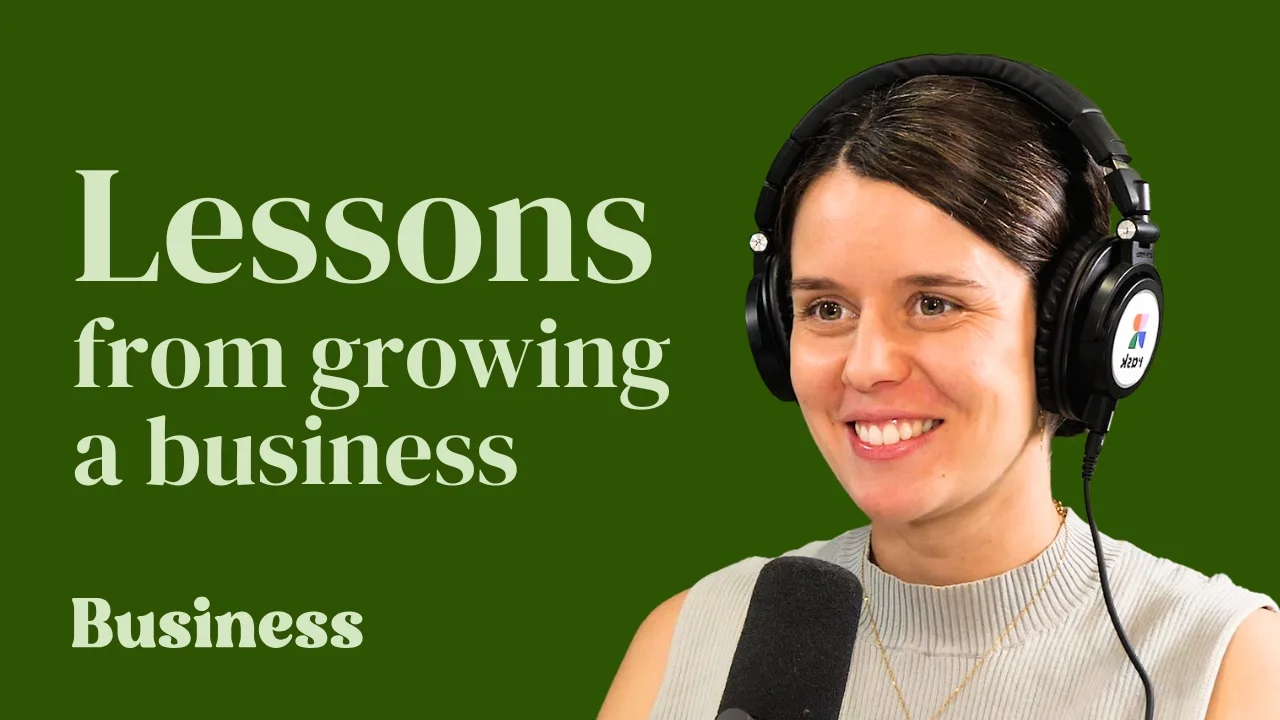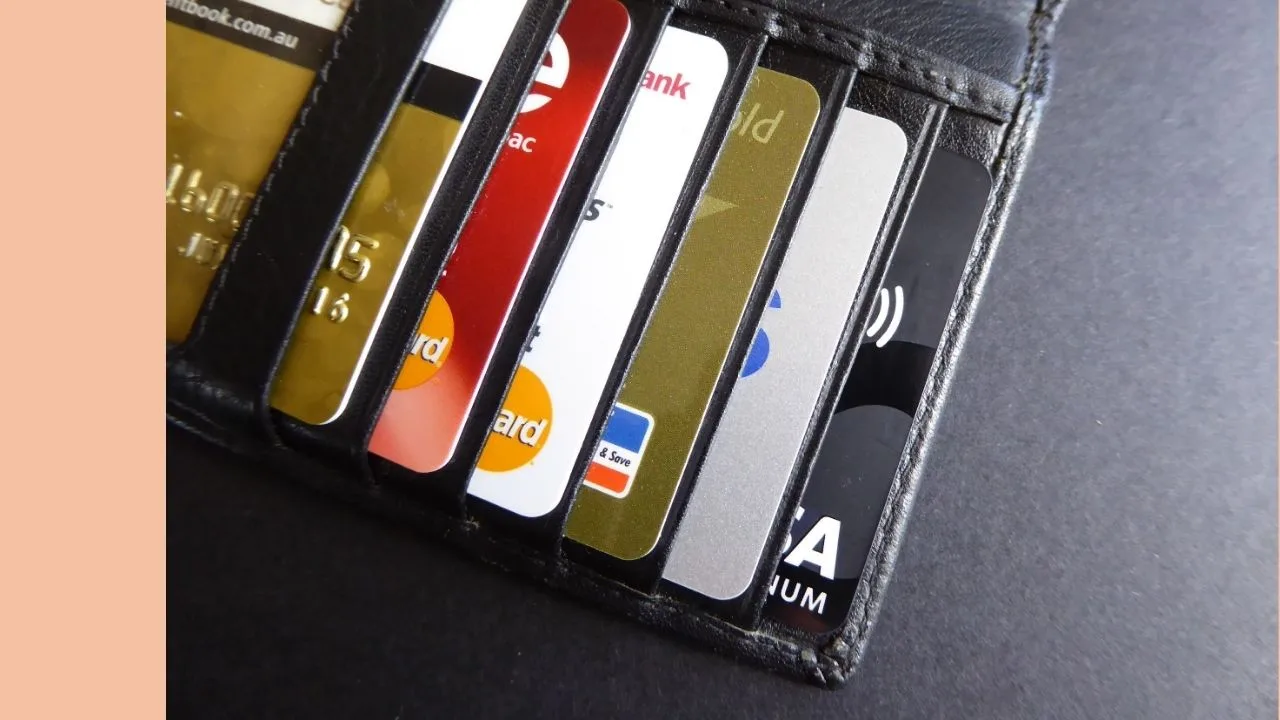ASX bank shares make up around one-third of the Aussie stock market, measured by the market cap and the All Ordinaries Index.
Within the financial sector, ASX bank shares are far and away the most popular. We will step through the absolute basics of valuing a bank share like Bank of Queensland Limited. If you’re truly interested in understanding more about how to value a bank share, you should consider watching this tutorial from the analyst team at Rask Australia.
You can subscribe to the Rask Australia YouTube channel to receive the latest (and free) value investing videos by clicking here.
Using multiples
The price-earnings ratio or ‘PER’ compares a company’s share price (P) to its most recent full-year earnings per share (E). Remember, ‘earnings’ is just another word for profit. Hence, the ‘P/E’ ratio is simply comparing share price to the most recent full-year profit of the company. Some experts will try to tell you that ‘the lower PE ratio is better’ because it means the share price is ‘low’ relative to the profits produced by the company. However, sometimes shares are in the money for a reason!
Secondly, some extremely successful companies have gone for many years (a decade or more) and never reported an accounting profit — so the PE ratio wouldn’t have worked.
Therefore, we think it’s useful to dig deeper than simply looking at the PE ratio and thinking to yourself ‘if it’s below 10x, I’ll buy it’.
One of the straightforward ratio models analysts use to value a bank share is to compare the PE ratio of the bank/share you’re looking at with its peer group or competitors and try to determine if the share is unreasonably high, or undervalued relative to the average. From there, and using the principle of mean reversion, we can multiply the profits/earnings per share by the sector average (E x sector PE) to reflect what an average company would be worth. It’s like saying, ‘if all of the other stocks are priced at ‘X’, this one should be too’.
If we take the BOQ share price today ($7.27), together with the earnings (aka profits) per share data from its 2022 financial year ($0.71), we can calculate the company’s PE ratio to be 10.2x. That compares to the banking sector average PE of 16x.
Next, take the profits per share (EPS) ($0.71) and multiply it by the average PE ratio for BOQ’s sector (Banking). This results in a ‘sector-adjusted’ PE valuation of $11.33.
Using BOQ’s share dividend to arrive at a valuation
The dividend discount model or DDM is different from ratio valuation like PE because the model makes forecasts into the future, and uses dividends instead of profit. Because the banking sector has proven to be relatively stable with regards to share dividends, the DDM approach can be used. However, we would not use this model for, say, technology shares.
Basically, we need only one input into a DDM model: dividends per share. Then, we make some assumptions about the yearly improvement of the dividend (e.g. 2%) and the risk level of the dividend payment (e.g. 7%). We’ve used the most recent full year dividends (e.g. from last 12 months or LTM) then assumed the dividends remain consistent but grow slightly.
To make this DDM easy to understand, we will assume last year’s dividend payment ($0.46) climbs at a fixed rate each year.
Next, we pick the ‘risk’ rate or expected return rate. This is the rate at which we discount the future dividend payments back to today’s dollars. The higher the ‘risk’ rate, the lower the share price valuation.
We’ve used a blended rate for dividend growth and a risk rate between 6% and 11%, then got the average.
This simple DDM valuation of BOQ shares is $8.77. However, using an ‘adjusted’ dividend payment of $0.52 per share, the valuation goes to $9.32. The expected dividend valuation compares to Bank of Queensland Limited’s share price of $7.27. Since the company’s dividends are fully franked, you might choose to make one further adjustment and do the valuation based on a ‘gross’ dividend payment. That is, the cash dividends plus the franking credits (available to eligible shareholders). Using the forecast gross dividend payment ($0.74), our valuation of the BOQ share price forecast to $13.32.
Takeaways for the BOQ share price
You could consider using these models as the starting point for your process for analysing and valuing a bank share like BOQ. However, please remember that these are just tools used by analysts and in reality, a good analyst and investor will likely conduct 100+ hours of qualitative research before diving into their spreadsheet and starting their modelling.
For example, we spend a lot of our time looking at bank shares and writing about them, but if we were thinking about investing in a bank today we would want to get a handle on its growth strategy, economic indicators like unemployment, and then study house prices and consumer sentiment.






